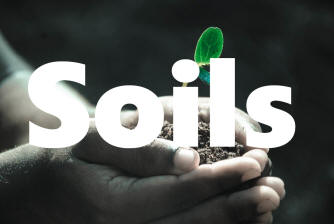

Students are expected to:
·
Recognize soil as an important resource
·
Describe basic soil properties and formation
factors
·
Understand soil drainage classes and know how
wetlands are defined
·
Determine basic soil properties and
limitations, such as mottling and permeability, by observing a soil pit or soil
profile
·
Identify types of soil erosion and discuss
methods for reducing erosion
·
Utilize soil information, including soil
surveys, in land use planning
·
Utilize modern soils interpretations such as
thematic maps and data tables to make land management decisions.
The study references listed are not an exhaustive list of sources from which
test questions are drawn. Students are expected to research other sources
for more information according to the learning objectives.
Guide to Texture by Feel and Soil Textural Triangle:
https://www.nrcs.usda.gov/wps/portal/nrcs/detail/soils/edu/?cid=nrcs142p2_054311
Soil Survey Maps & Interpretations:
http://websoilsurvey.nrcs.usda.gov/app/
If you experience any issues with the web soil survey, please check and make
sure that you have turned off your browser's pop-up blocker.
Field Book for Describing Soils:
https://www.nrcs.usda.gov/wps/portal/nrcs/main/soils/ref/
Other links on the NRCS web page above which are useful: Become familiar
with the soil health/soil health management links; and the soil health/Biology
Primer/Photo Galley. Three of those photos which are useful are:
Components of Soil Organic Matter (a pie chart), Soil Organisms Living within a
Soil Aggregate, Mineralization/Immobilization (of soil nutrients).
a big thanks to Butler SWCD for putting together these resources
back to resources page